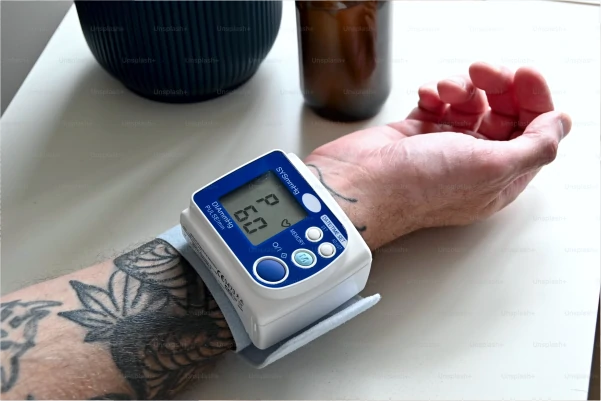
Minor Procedures and Treatments: Quick Solutions for Better Health
420
1
Minor procedures and treatments are a fundamental part of modern healthcare. These services, often performed in doctors' offices or outpatient clinics, offer quick and effective solutions for a variety of common health problems. In this article, we'll explore the importance of these procedures, their benefits, and what you can expect if you need to undergo one.
What are Minor Procedures and Treatments?
Minor procedures and treatments are medical interventions that generally:
- Do not require general anesthesia
- Are performed in an outpatient setting
- Have a short recovery time
- Present minimal risk of complications
These procedures can range from simple injections to small surgeries.
Common Types of Minor Procedures
Some of the most frequent minor procedures and treatments include:
- Sutures and wound care: For minor cuts and lacerations.
- Skin biopsies: To examine suspicious skin lesions.
- Foreign body removal: Such as splinters or small objects in the skin or eyes.
- Abscess drainage: To treat localized infections.
- Therapeutic injections: Such as cortisone for joint inflammation.
- Cryotherapy: To remove warts and other skin lesions.
- Ingrown toenail procedures: To relieve pain and prevent infections.
Benefits of Minor Procedures and Treatments
These procedures offer numerous advantages:
- Speed: Often completed in a single office visit.
- Cost-effectiveness: Generally less expensive than hospital procedures.
- Minimal disruption to daily life: Most allow for a quick return to normal activities.
- Lower risk of infection: By being performed outside the hospital environment.
- Convenience: They don't require extensive preparation or prolonged fasting.
What to Expect During a Minor Procedure
If you need to undergo a minor procedure, here's a general idea of what to expect:
- Prior consultation: Your doctor will explain the procedure and answer your questions.
- Informed consent: You'll sign a form after understanding the risks and benefits.
- Preparation: The treatment area will be cleaned and, if necessary, local anesthesia applied.
- Procedure: The doctor will perform the treatment, which usually lasts between 15 and 60 minutes.
- Aftercare: You'll receive instructions on how to care for the treated area and when to follow up.
Technology in Minor Procedures
Technology has significantly improved many minor procedures:
- Laser: For dermatological and ophthalmological treatments.
- Ultrasound: To guide injections and biopsies with greater precision.
- Advanced cauterization devices: For better bleeding control.
- Miniaturized surgical instruments: For less invasive procedures.
Important Considerations
Although minor procedures are generally safe, it's important to:
- Inform your doctor about allergies and medications you're taking.
- Carefully follow pre- and post-procedure instructions.
- Be aware of signs of infection or complications after treatment.
- Don't hesitate to contact your doctor if you have concerns after the procedure.
Conclusion: The Importance of Minor Procedures in Healthcare
Minor procedures and treatments play a crucial role in modern healthcare. They offer quick, effective, and accessible solutions for many common health problems. By combining medical expertise with advanced technologies, these procedures can significantly improve patients' quality of life with minimal discomfort.
Whether you need sutures, a biopsy, or any other minor procedure, you can be confident that these interventions are designed to provide maximum benefit with minimal risk. Always consult with your healthcare professional to determine if a minor procedure is the best option for your specific situation.
Remember, your health is a priority, and sometimes, the smallest procedures can make the biggest difference in your overall well-being.




